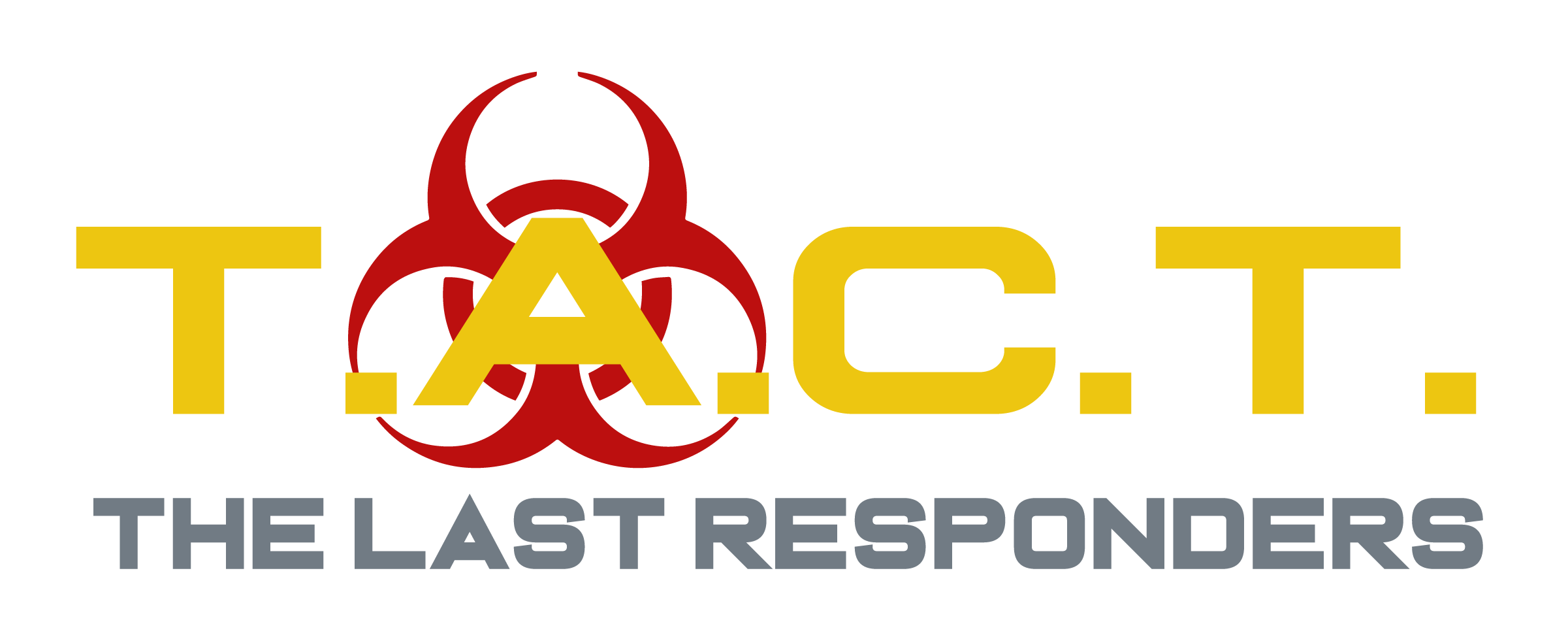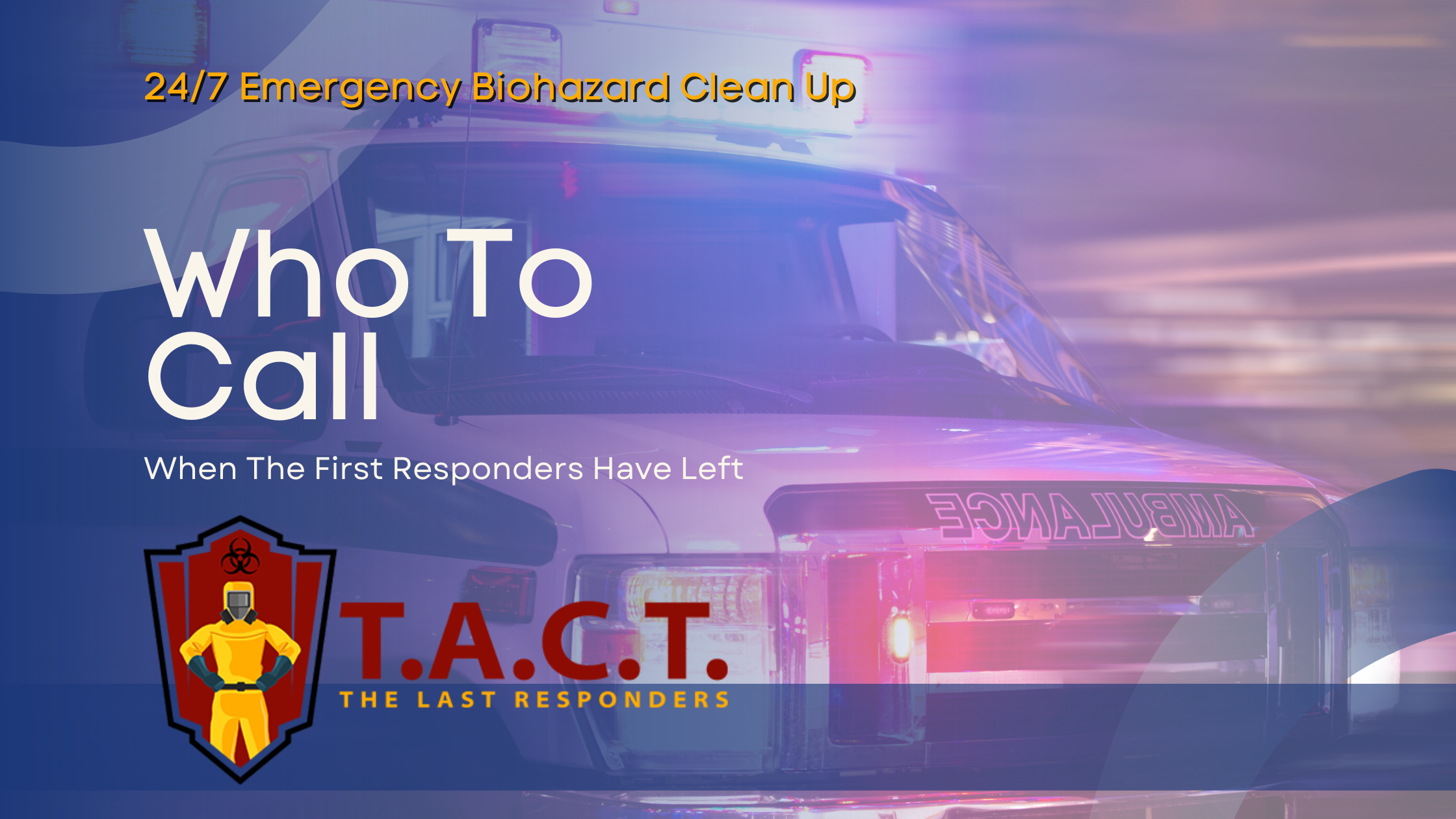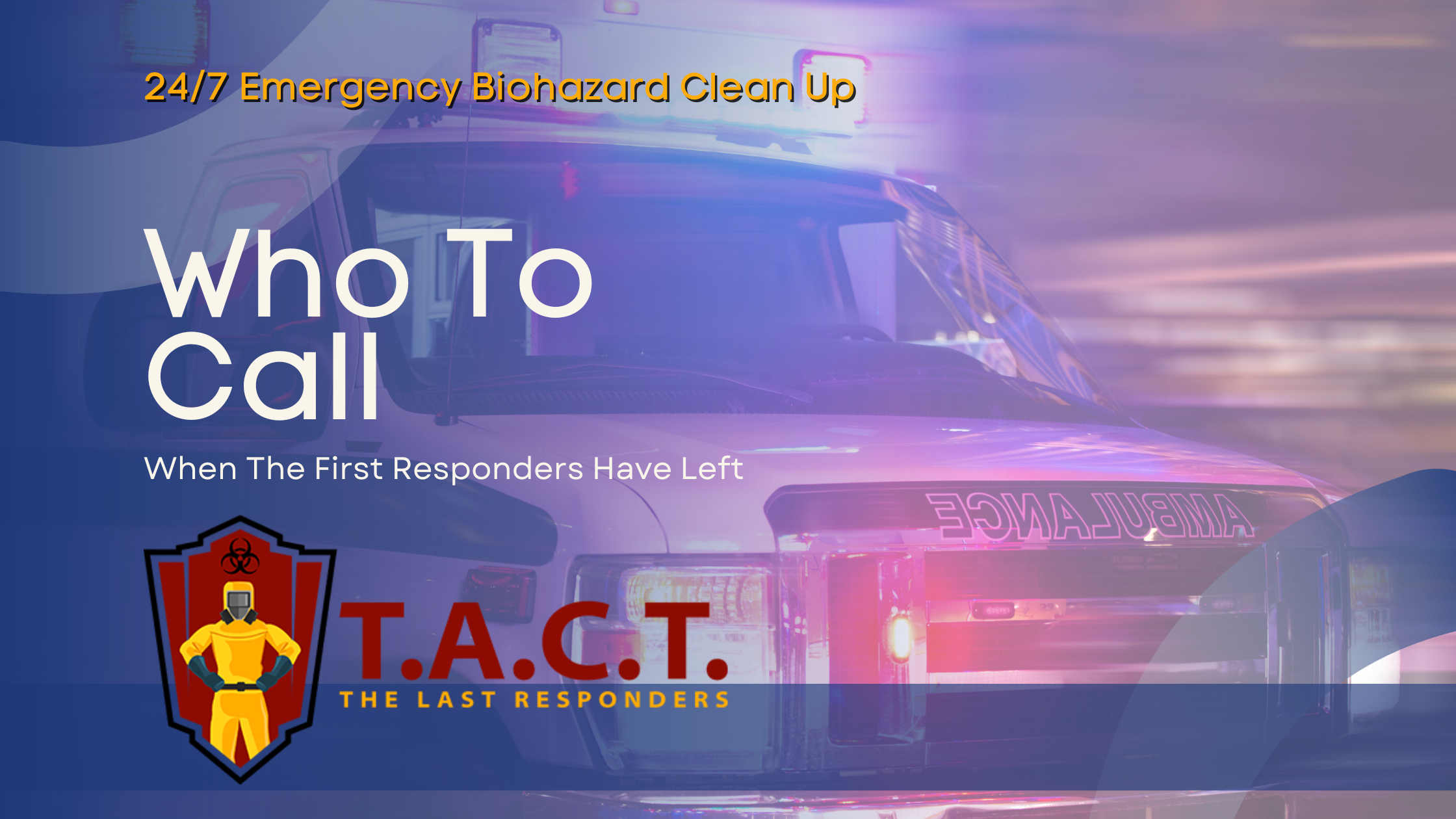How to Identify & Safely Clean Mouse Droppings | Complete Guide

Pictures of Mouse Droppings: How to Identify and Safely Clean Rodent Droppings
Discovering small, dark droppings in your house can be alarming. Finding droppings in your house is a common sign of rodent activity. These tiny pellets often signal an unwelcome visitor—mice or rats have taken up residence in your living space. Understanding how to properly identify and safely clean rodent droppings is essential for protecting your family’s health and addressing infestations effectively.
Rodent droppings carry serious health risks, including diseases like hantavirus, salmonellosis, and leptospirosis. Droppings are a key sign of animals like mice and rats. With mice producing 50 to 80 droppings per night, these waste materials accumulate quickly and require immediate attention. This comprehensive guide will help you identify different types of rodent droppings, understand the health risks they pose, and learn the proper techniques for safe cleanup and prevention.
Whether you’ve spotted suspicious droppings in your attic, kitchen, or basement, taking swift action is crucial. Pictures of mouse droppings and other animals' waste can help with identification. The wrong cleanup approach can actually increase your exposure to dangerous pathogens, while proper identification helps determine the most effective pest control strategy for your specific situation.
Introduction to Rodent Infestation
Rodent infestations are a frequent concern for homeowners, often going unnoticed until clear signs appear. One of the most telling indicators of a mouse or rodent problem is the discovery of mouse droppings—small, dark brown or black pellets that look like grains of rice. These mice droppings, also known as mouse poop or mouse feces, are typically found near food sources, along entry points, and in areas where rodents are most active. Spotting these droppings is a crucial first step in identifying the presence of mice or other rodents in your home.
The presence of mouse droppings signals more than just a nuisance; it points to an active infestation that can pose serious health risks. Rodents are known carriers of diseases such as hantavirus, which can be transmitted through contact with contaminated feces. Because mouse droppings are often found near food, grain storage, and hidden corners, it’s essential to safely clean and eliminate them as soon as they are discovered. Recognizing these signs early allows you to take swift action to eliminate the infestation and protect your household from potential diseases.
By learning to identify mouse poop and understanding where to look for it, you can better determine the extent of a rodent problem and take the necessary steps to safely clean and prevent future infestations.
Understanding Mouse Droppings: Size, Shape, and Appearance
Mouse droppings (also known as mice feces) are small, dark brown to black cylindrical pellets that closely resemble grains of rice. These droppings are typically dark brown when fresh. They typically measure between 1/4 to 1/2 inch in length and feature distinctive pointed ends that help distinguish them from other rodent waste.
Fresh mouse feces appear shiny and moist, gradually becoming duller and harder as they dry. The granular texture and dark coloration make them relatively easy to spot against most surfaces. Mouse droppings are less smooth than some other animals' waste, such as squirrel droppings, which are often smooth and barrel-shaped. You’ll commonly find these droppings clustered together in areas where mice are most active, particularly near food sources, along walls, and in hidden corners.
The shape of mouse droppings is consistently cylindrical with tapered ends, creating an elongated pellet appearance. This consistent shape occurs because mice have regular digestive patterns and similar body sizes within the species. Understanding these physical characteristics of mice poop is your first step in accurate identification and appropriate response.
Where to Look: Common Locations for Mouse Droppings
Mice tend to leave droppings along their regular travel routes and near areas where they feed or nest. If you notice more droppings in multiple locations throughout your house, it may indicate more mice and a larger or ongoing infestation. Check these common locations during your inspection:
Kitchen areas often show the highest concentration of droppings. Look inside cabinets, behind appliances, near pet food storage, and around garbage containers. Mice are drawn to easily accessible food sources and leave evidence of their presence nearby.
Attics and basements provide ideal nesting environments for mice. These areas typically offer undisturbed spaces with insulation materials perfect for building nests. Scratching sounds in attics and basements can also be a sign of mice activity. Inspect corners, storage boxes, and areas near entry points like vents or pipe openings.
Garages and storage areas attract mice seeking shelter and nesting materials. Check around stored items, particularly cardboard boxes, fabric materials, and pet supplies that mice might use for nesting.
Behind appliances like stoves, refrigerators, and washing machines, mice find warmth and often discover food crumbs or water sources. These tight spaces also provide protection from predators and human activity.
Mouse vs. Rat Droppings: Key Differences
Distinguishing between mouse and rat droppings helps determine the type of infestation you’re facing and guides your pest control approach. While both types of droppings pose health risks, the size difference is the most obvious distinguishing factor.
Mouse droppings are small, measuring 1/4 to 1/2 inch long, with pointed ends and a rice-like appearance. They’re typically found in clusters of 50-80 droppings, reflecting mice’s prolific waste production.
Rat droppings (also known as rat poop) are significantly larger, measuring 1/2 to 3/4 inch long, with blunt, rounded ends. They appear more cylindrical and robust than mouse droppings. Norway rat droppings are particularly thick and blunt on both ends, while roof rat droppings are thinner and may have slightly pointed ends.
Location patterns also differ between species. Mice tend to scatter droppings throughout their territory, while rats often deposit droppings in more concentrated areas. Rats typically leave droppings singly or in small groups, contrasting with the larger clusters typical of mouse infestations.
Squirrel droppings are another type of rodent waste you may encounter. Compared to mouse droppings, squirrel droppings are larger—sometimes bean-sized—and often have a twisted or curved shape with a smooth surface. Squirrels usually leave their droppings outdoors, especially near trees, bird feeders, or in attics and crawl spaces. The size and location of squirrel droppings help distinguish squirrels from smaller rodents, as squirrels tend to leave waste in visible outdoor areas, indicating their presence.
Health Risks Associated with Rodent Droppings
Rodent droppings pose serious health threats that extend far beyond simple cleanliness concerns. Humans are at risk of disease from rodent droppings, as these waste materials can carry over 30 different diseases, making proper handling and cleanup essential for protecting your family’s health.
Hantavirus represents one of the most serious risks associated with rodent droppings. This potentially fatal respiratory disease becomes airborne when dried droppings are disturbed through sweeping or vacuuming, stirring up dust contaminated with rodent waste. Inhaling this dust can cause headaches and other symptoms, in addition to fever, fatigue, and severe respiratory distress.
Salmonellosis occurs through direct or indirect contact with contaminated droppings. This bacterial infection causes severe gastrointestinal symptoms including nausea, vomiting, diarrhea, and abdominal cramping. Children and elderly individuals face higher risks of complications.
Leptospirosis spreads through contact with water or surfaces contaminated by rodent urine and feces. This bacterial infection can cause kidney damage, liver failure, and respiratory distress if left untreated.
Prolonged exposure to contaminated areas increases disease transmission risks significantly. Contaminated insulation, stored items, and food supplies require careful handling or complete replacement to eliminate health hazards. The cumulative effect of ongoing exposure makes swift action essential when droppings are discovered, as droppings from different animals can pose similar health risks.
Preparing for Safe Cleaning
Before you begin cleaning up mouse droppings, it’s important to prepare both yourself and the area to ensure the process is safe and effective. Start by putting on rubber gloves, a face mask, and protective eyewear to shield yourself from direct contact with rodent feces and to prevent inhaling any airborne particles that could carry disease. Always use plastic bags to collect and dispose of mouse droppings, sealing them tightly to avoid leaks and further contamination.
If you’re dealing with dried feces, a vacuum equipped with a HEPA filter can help remove particles from hard-to-reach areas, but be sure to dispose of the filter and thoroughly clean the vacuum afterward to prevent the spread of pathogens. For ongoing mouse or rat infestations, consider setting snap traps or rat traps to eliminate the source of new droppings. In cases of severe infestations, wildlife removal professionals can provide safe and thorough rodent removal services.
Throughout the cleaning process, avoid touching your face or eyes, and always wash your hands thoroughly with soap and water once you’re finished. Taking these precautions helps protect you from diseases associated with rodent droppings and ensures that your efforts to eliminate the infestation are both safe and effective.
Safe Cleanup Procedures for Rodent Droppings
Proper cleanup procedures protect you from disease exposure while effectively eliminating contamination. Never attempt cleanup without appropriate protective equipment and proper techniques.
Personal protective equipment includes rubber gloves, face masks (N95 or higher rating), and protective goggles. Always wear gloves during the entire process. These items prevent direct contact with droppings and protect against inhaling airborne pathogens during cleanup.
Pre-cleanup preparation involves ventilating the area by opening windows and doors, then allowing fresh air circulation for at least 30 minutes before beginning work. This step helps reduce airborne particle concentration.
Disinfection process starts with spraying all droppings and contaminated surfaces with a 10% chlorine bleach solution. Allow the solution to sit for at least five minutes before cleanup begins. This waiting period ensures effective pathogen elimination.
Removal technique requires using paper towels to carefully pick up treated droppings. Do not sweep droppings, as sweeping can spread dust and harmful particles into the air. Place all contaminated materials, including used paper towels, in plastic bags, seal tightly, and dispose of in regular trash.
Surface treatment continues with thorough disinfection of all affected areas using the bleach solution. Pay special attention to surfaces where droppings were found, as well as surrounding areas that might have been contaminated.
Final steps include removing and disposing of protective equipment properly, washing hands thoroughly with soap and hot water, and laundering any clothing worn during cleanup in hot water.
Contaminated Insulation and Extensive Cleanup
Severe infestations often require more extensive cleanup efforts, particularly when insulation becomes contaminated with rodent waste. Dirty insulation, once soiled by mouse droppings and urine, cannot be cleaned and must be completely replaced. Contaminated insulation cannot be effectively cleaned and must be completely removed and replaced.
Assessment considerations help determine the extent of contamination. Heavy infestations with widespread droppings, strong odors, and visible staining typically require professional intervention. These situations present higher health risks and require specialized equipment for safe cleanup.
Professional decontamination becomes necessary when contamination extends beyond simple surface cleaning. Professional services have specialized equipment, training, and disposal methods for handling severely contaminated materials safely.
Replacement requirements for contaminated insulation ensure complete elimination of health risks and odors. New insulation installation should only occur after thorough decontamination and sealing of entry points to prevent future infestations.
Preventing Future Rodent Infestations
Effective prevention requires a comprehensive approach addressing the factors that attract rodents to your property. Successful prevention strategies focus on eliminating food sources, shelter opportunities, and entry points. Preventing a mouse infestation also means addressing all potential entry points before mice can invade your home.
Entry point elimination starts with thorough inspection of your home’s exterior and interior. Seal cracks, holes, and gaps around doors, windows, pipes, and vents using steel wool and caulk. Mice can squeeze through openings as small as 1/4 inch, making attention to detail crucial.
Food source management involves proper storage of all food items in sealed containers, prompt cleanup of crumbs and spills, and feeding pets indoors when possible. Remove potential food sources like birdseed, pet food, and garbage that might attract rodents to your property.
Shelter reduction requires removing clutter, debris, and materials that provide nesting opportunities. Keep storage areas organized, elevate stored items off the floor, and maintain clean, uncluttered spaces that offer fewer hiding places for rodents. Trimming trees near the house is also important to rid your property of potential rodent access points, as branches can provide easy entry for pests.
Monitoring and maintenance through regular inspections help catch new infestations early. Check for fresh droppings, gnaw marks, and other signs of rodent activity monthly, paying particular attention to previously affected areas. Ongoing mouse removal is essential as part of your prevention plan to ensure that any new mice are quickly eliminated.
Strategic trap placement near areas where droppings were found helps intercept mice using their established travel routes. Snap traps remain highly effective when placed perpendicular to walls where mice typically travel.
Taking Action to Protect Your Home and Health
Identifying and safely cleaning rodent droppings requires immediate attention and proper techniques to protect your family’s health. The serious diseases carried by rodent waste make proper cleanup procedures non-negotiable—shortcuts can lead to dangerous exposure to airborne pathogens.
Remember that finding droppings indicates an active infestation requiring comprehensive response. Cleanup alone won’t solve the problem; you must also address the underlying infestation and implement prevention strategies to avoid future issues.
When contamination is extensive or you’re uncomfortable handling cleanup yourself, professional pest control and decontamination services provide safe, thorough solutions. These experts have the training, equipment, and experience to handle severe infestations while protecting your family from health risks.
Take action promptly when you discover rodent droppings. Each day of delay allows infestations to grow and increases health risks for your household. With proper identification, safe cleanup procedures, and comprehensive prevention strategies, you can eliminate current problems and prevent future rodent issues in your home. The last thing you want is to overlook a hidden infestation or leave the cleanup incomplete, as this can lead to recurring problems and ongoing health risks.
Meta data
Meta title
How to Identify & Safely Clean Mouse Droppings | Complete Guide
Meta description
Learn to identify mouse vs rat droppings and safely clean rodent waste. Protect your family from diseases with proper cleanup and prevention methods.



